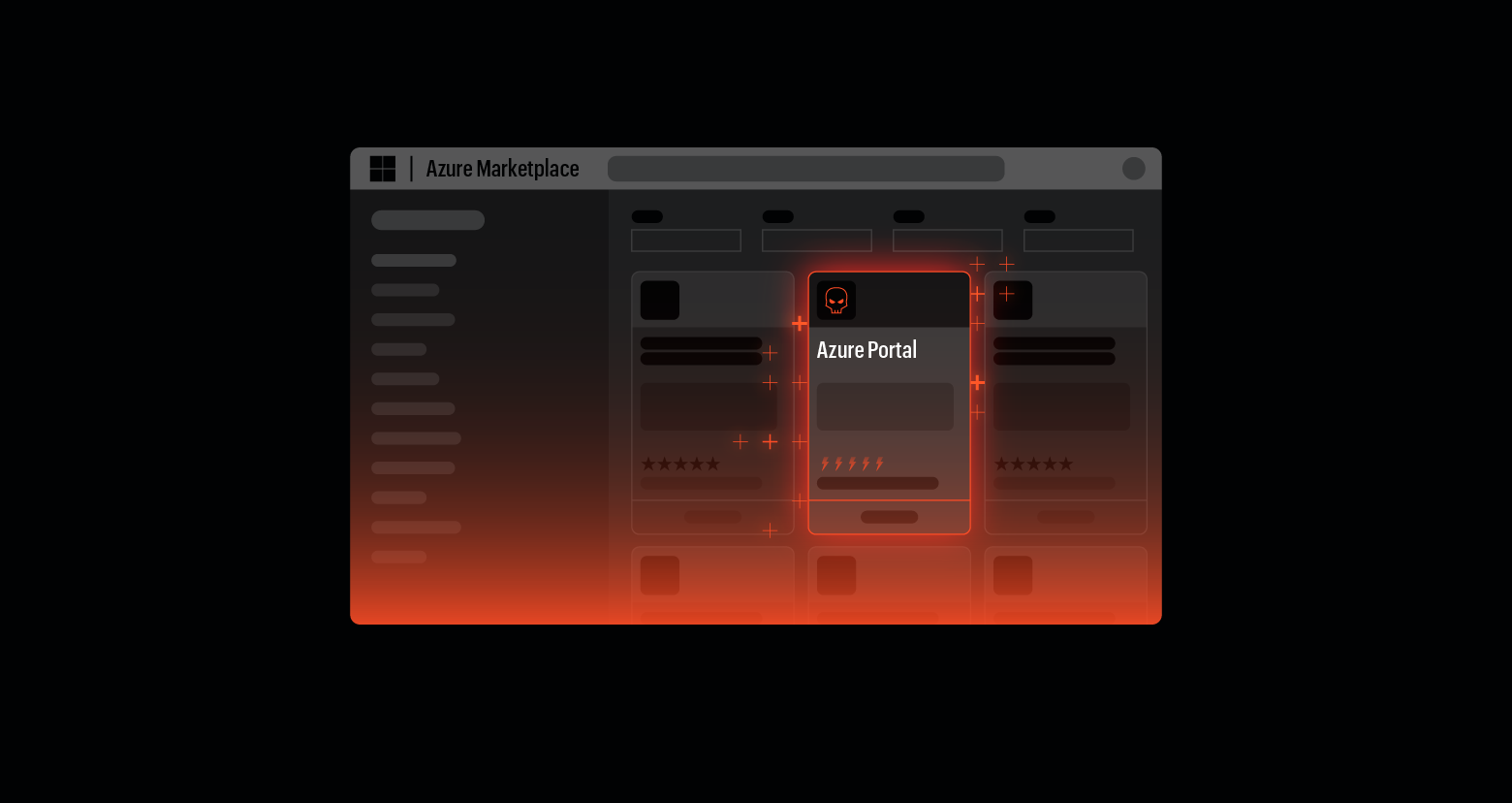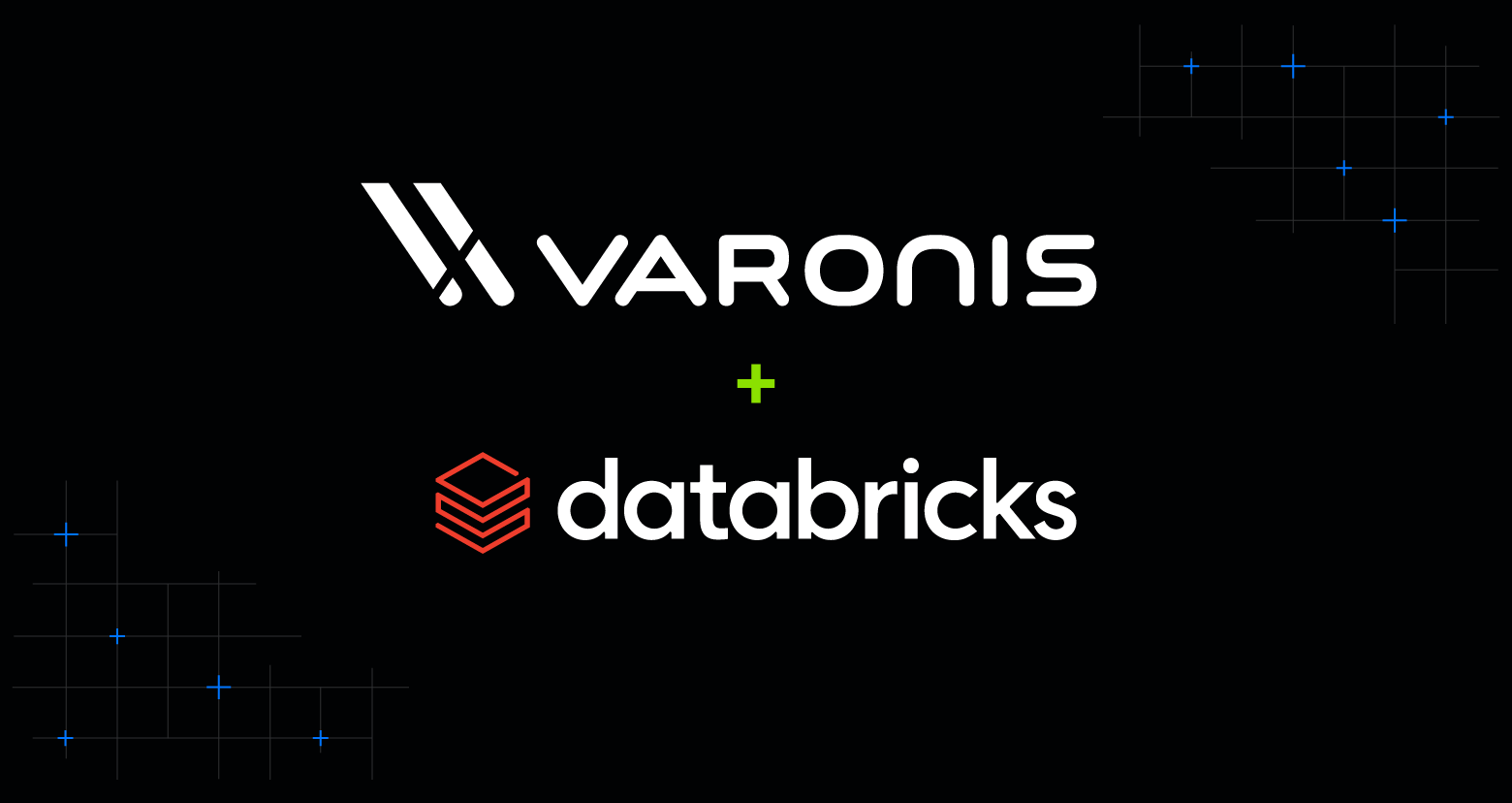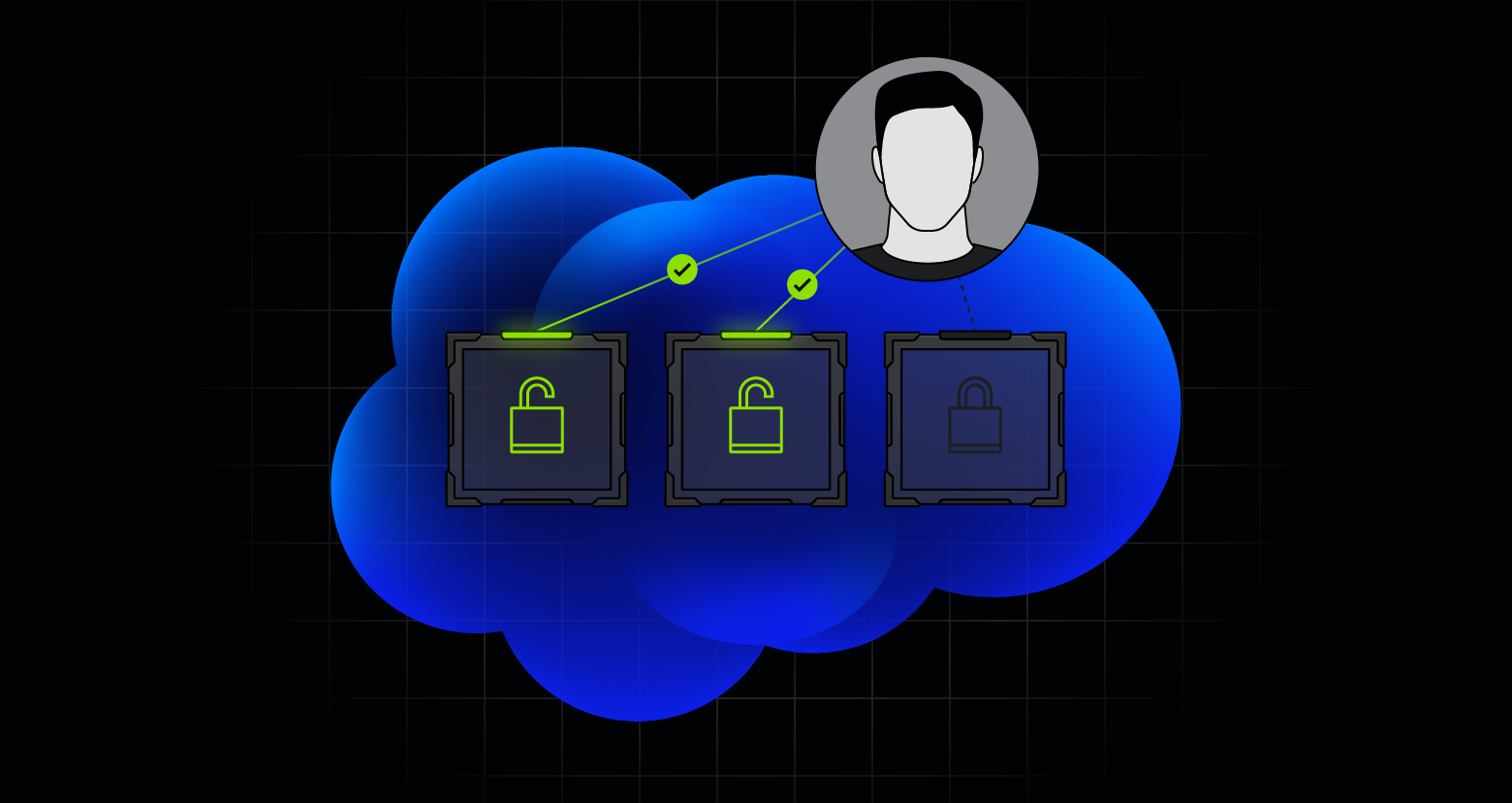Kubernetes has become the backbone of modern infrastructure, but with great flexibility comes great risk.
Misconfigurations in Kubernetes environments are not just common — they’re expected. And while CSPM tools can flag surface-level issues, they often miss the deeper, more dangerous truth: sensitive data is exposed and no one knows it.
That’s where Data Security Posture Management (DSPM) comes in.
The misconfiguration maze
Kubernetes security is layered and decentralized. You’ve got:
- IAM roles from your cloud provider
- RBAC policies inside the cluster
- Network policies that may or may not be enforced
- Service accounts with unclear scopes
- Secrets stored in plaintext or mounted into pods
Each of these layers can be misconfigured independently. A pod might have access to a secret it doesn’t need, a service account might be over-permissioned, or a network policy might allow lateral movement between namespaces.
The result? A false sense of security. Everything looks fine — until it isn’t.

Why DSPM belongs in Kubernetes
Traditional posture tools focus on infrastructure. DSPM focuses on data. That shift in perspective is critical in Kubernetes because:
- Data is scattered across volumes, secrets, and external stores
- Access is dynamic, driven by ephemeral workloads
- Visibility is fragmented, especially in multi-cloud environments
A DSPM-first approach helps answer questions like:
- What sensitive data exists inside my cluster?
- Who (or what) can access it?
- Is the access appropriate?
- Is anyone actually accessing it?
A technical walkthrough
Let’s say you have a PostgreSQL pod running in your cluster. Here’s how a DSPM-aware workflow might look:
- Discovery: Scan mounted volumes and environment variables for sensitive data — PII, credentials, tokens.
- Classification: Use pattern matching and ML to tag data types (e.g., email addresses, SSNs).
- Access Modeling: Map which service accounts, pods, and users can access that data, directly or indirectly.
- Behavioral Monitoring: Detect anomalies like a pod accessing a volume it never touched before.
- Prioritization: Flag misconfigurations that expose sensitive data — not just any misconfigurations.
- Remediation: Suggest or automate fixes, e.g., restrict RBAC, rotate secrets, isolate workloads.
This isn’t theoretical. These are real steps teams are taking to secure Kubernetes clusters in production.
What CSPM misses with Kubernetes
Cloud Security Posture Management (CSPM) might tell you that a pod has access to a volume, but it won’t tell you that the volume contains customer records. CSPM might flag an open port, but it won’t tell you that the service behind it is unauthenticated and serves sensitive data.
DSPM fills that gap by making data the center of gravity. While CSPM is essential for identifying misconfigurations and vulnerabilities in cloud infrastructure, it lacks the context of what data is actually at risk. That’s where DSPM comes in.
DSPM provides deep visibility into sensitive data, discovering where it lives, classifying it, and mapping who has access. It continuously monitors data usage and enforces access controls, ensuring that even if a pod has access to a volume, you know whether that volume contains regulated data like PII or PHI.
DSPM complements CSPM by shifting the focus from infrastructure-centric to data-centric security, enabling organizations to prioritize remediation based on data sensitivity and exposure risk
Real-world gaps (and how to close them)
Most teams don’t have Kubernetes security experts on staff. Even if they do, the signal-to-noise ratio from CSPM alerts is overwhelming. DSPM helps close that gap by surfacing the risks that matter most — those tied to your data.
For example, an alert in an environment flagged a security group change that exposed a PostgreSQL port to the internet. CSPM caught the config change; DSPM went further: it identified that the database contained live production data, flagged recent access from an unusual IP, and triggered an alert that led to immediate remediation. By continuously aligning security controls to the data that truly matters, DSPM empowers teams to protect both their organization’s reputation and their customers’ trust.
Final thoughts
Security in Kubernetes isn’t just about locking things down — it’s about understanding what matters. A DSPM-first approach helps you focus on the misconfigurations that actually put your data at risk.
It’s not about more alerts. It’s about alerts you can trust.
Looking to dive deeper into DSPM? Read the following blogs for more insights:What should I do now?
Below are three ways you can continue your journey to reduce data risk at your company:
Schedule a demo with us to see Varonis in action. We'll personalize the session to your org's data security needs and answer any questions.
See a sample of our Data Risk Assessment and learn the risks that could be lingering in your environment. Varonis' DRA is completely free and offers a clear path to automated remediation.
Follow us on LinkedIn, YouTube, and X (Twitter) for bite-sized insights on all things data security, including DSPM, threat detection, AI security, and more.



.png)





